。
Biomass gasification refers to the thermochemical process of converting biomass fuel into combustible gas. During this process, water vapor undergoes a thermochemical reaction between free oxygen or combined oxygen and carbon in the fuel, generating combustible gases& nbsp; The biomass gasification process is relatively complex, and the gasification reaction conditions are also different. However, all gasification reactions basically include the drying, pyrolysis, oxidation, and reduction reactions of biomass.
The downdraft fixed bed gasifier is characterized by the same movement direction of gas and biomass, so it is also known as a downstream gasifier. The pyrolysis products of the downdraft fixed bed gasifier must pass through the heated oxide layer, so the tar in the volatile matter can be fully decomposed, and the tar content in the gas is much lower than that of the updraft fixed bed gasifier. It is suitable for relatively dry block materials (with a moisture content below 30%), as well as mixed materials containing a small amount of rough particles, and is easy and reliable to operate. Due to the low tar content in the gas of the downdraft fixed bed gasifier, it is particularly suitable for small power generation systems.
Drying layer
The upper layer of the gasifier is a drying zone, where the materials added directly enter the drying zone. Here, the materials exchange heat with the hot gas products generated in the three reaction zones below, allowing the moisture in the raw materials to evaporate. The temperature of this layer is; 200~300℃。 The products of the drying layer are dry materials and water vapor, which are discharged from the gasifier with the heat generation in the three reaction zones below, while the dry materials fall into the pyrolysis zone.
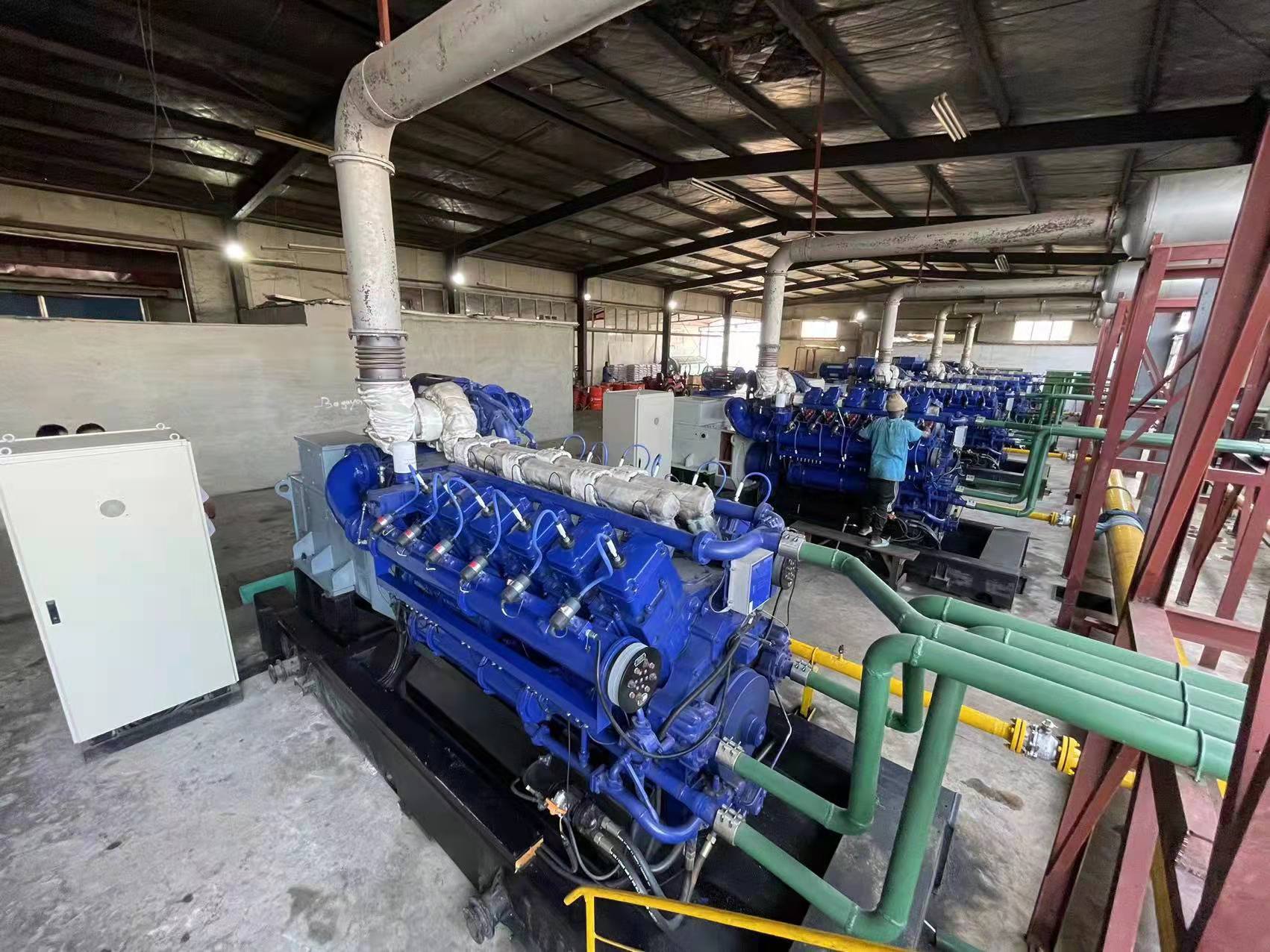
pyrolytic layer
The biological dry material moves downwards into the pyrolysis layer, while heating the biomass. When the biomass is heated, a pyrolysis reaction occurs. Most of the volatile components in biomass are separated from the solid through pyrolysis reaction, and are basically completed at 500-600 ℃, leaving charcoal. The main products of the pyrolysis zone are carbon, hydrogen, water vapor, carbon monoxide, carbon dioxide, methane, tar, and other hydrocarbon substances.
oxide layer
The remaining charcoal from pyrolysis reacts violently with the air, releasing a large amount of heat. Due to limited oxygen combustion, the supply of oxygen is insufficient, resulting in incomplete combustion reactions occurring simultaneously, generating carbon monoxide and also releasing heat. In the oxidation zone, the temperature can reach 1000 ℃, and the reaction equation is:
△H △ H=408.8 kJ
The reactions carried out in the oxidation zone are all combustion reactions and release heat, which provides a heat source for the cracking and drying of the reduction reaction materials in the reduction zone. The hot gases generated in the oxidation zone (carbon monoxide and carbon dioxide) enter the reduction zone of the gasifier, and the ash falls into the lower ash chamber.
Restoring layer
There is no oxygen present in the reduction zone, and the carbon dioxide generated during the oxidation reaction undergoes a reduction reaction with carbon and water vapor, producing carbon monoxide (CO) and hydrogen gas (H2). Since the reduction reaction is a endothermic reaction, the temperature of the reduction zone also decreases correspondingly, about 600~800 ℃. The main products of the reduction zone are carbon monoxide (CO), carbon dioxide (CO2), and hydrogen gas (H2).
Gasification actually always involves the drying and cracking process of fuel. In the actual operation process, the four regions mentioned above do not have clear boundaries and are mutually penetrating and intersecting. So at the outlet of the gasifier, the main gas components produced are carbon monoxide (CO), carbon dioxide (CO2), hydrogen (H2), methane (CH4), tar, and a small amount of co hydrocarbons, as well as water vapor and a small amount of ash.


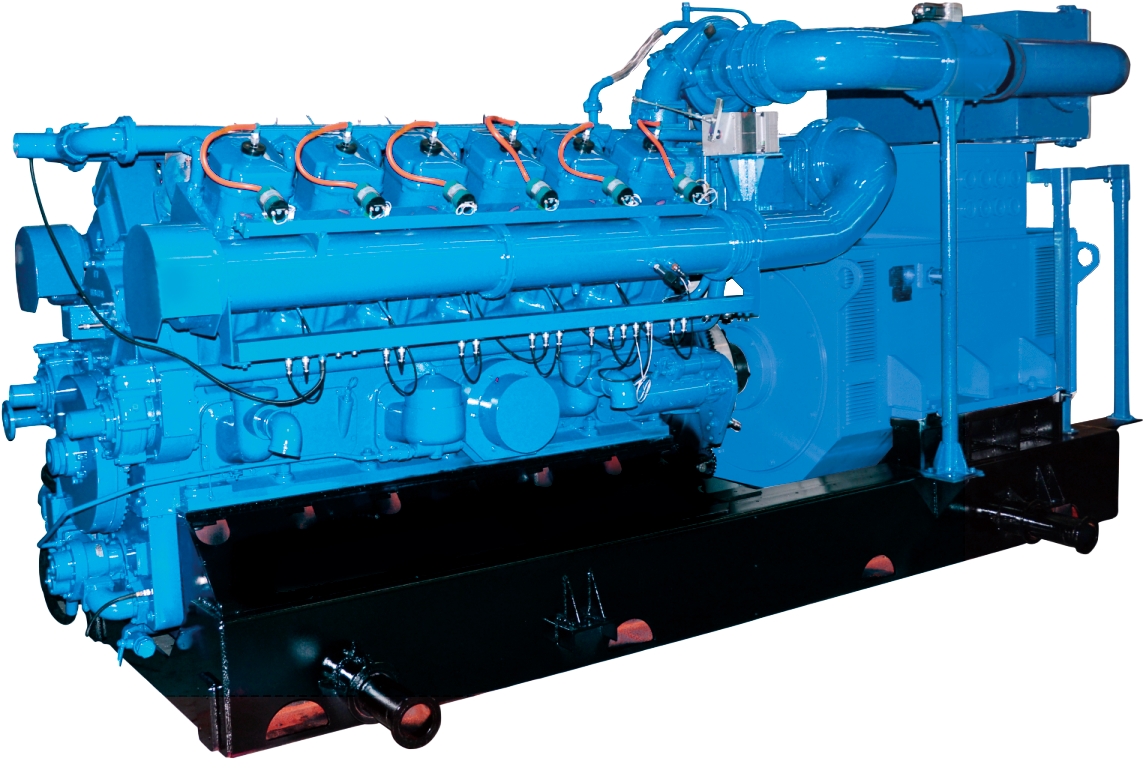
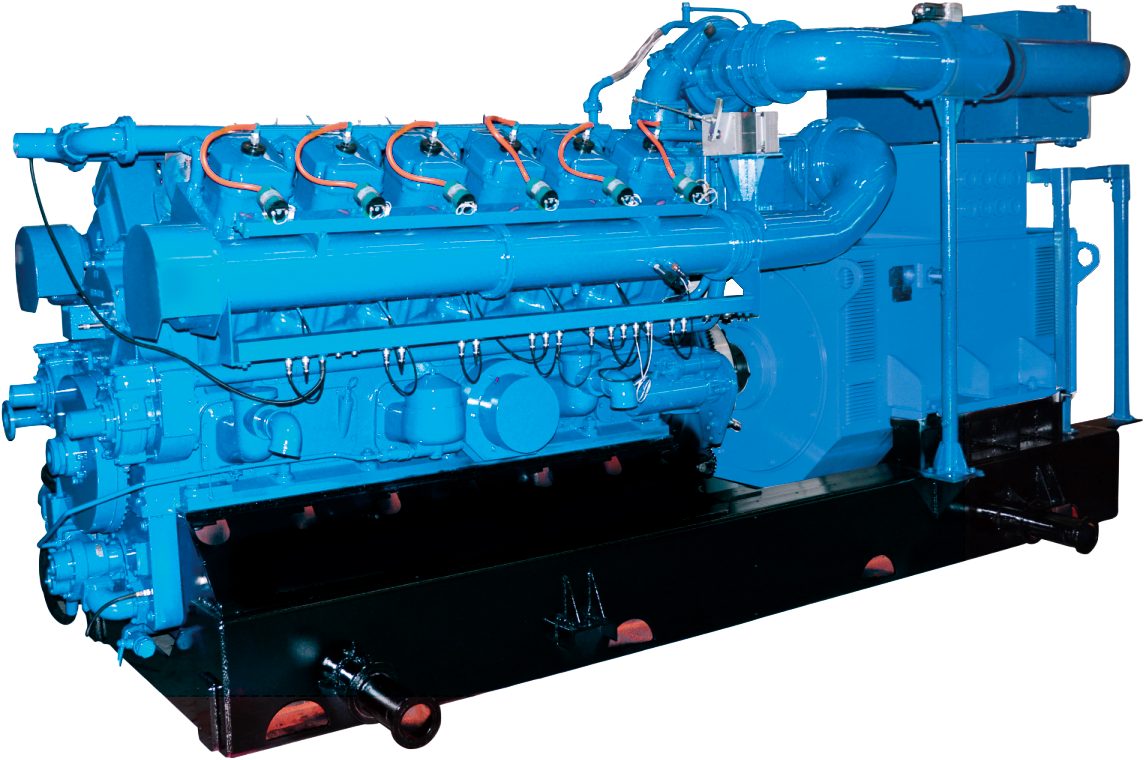
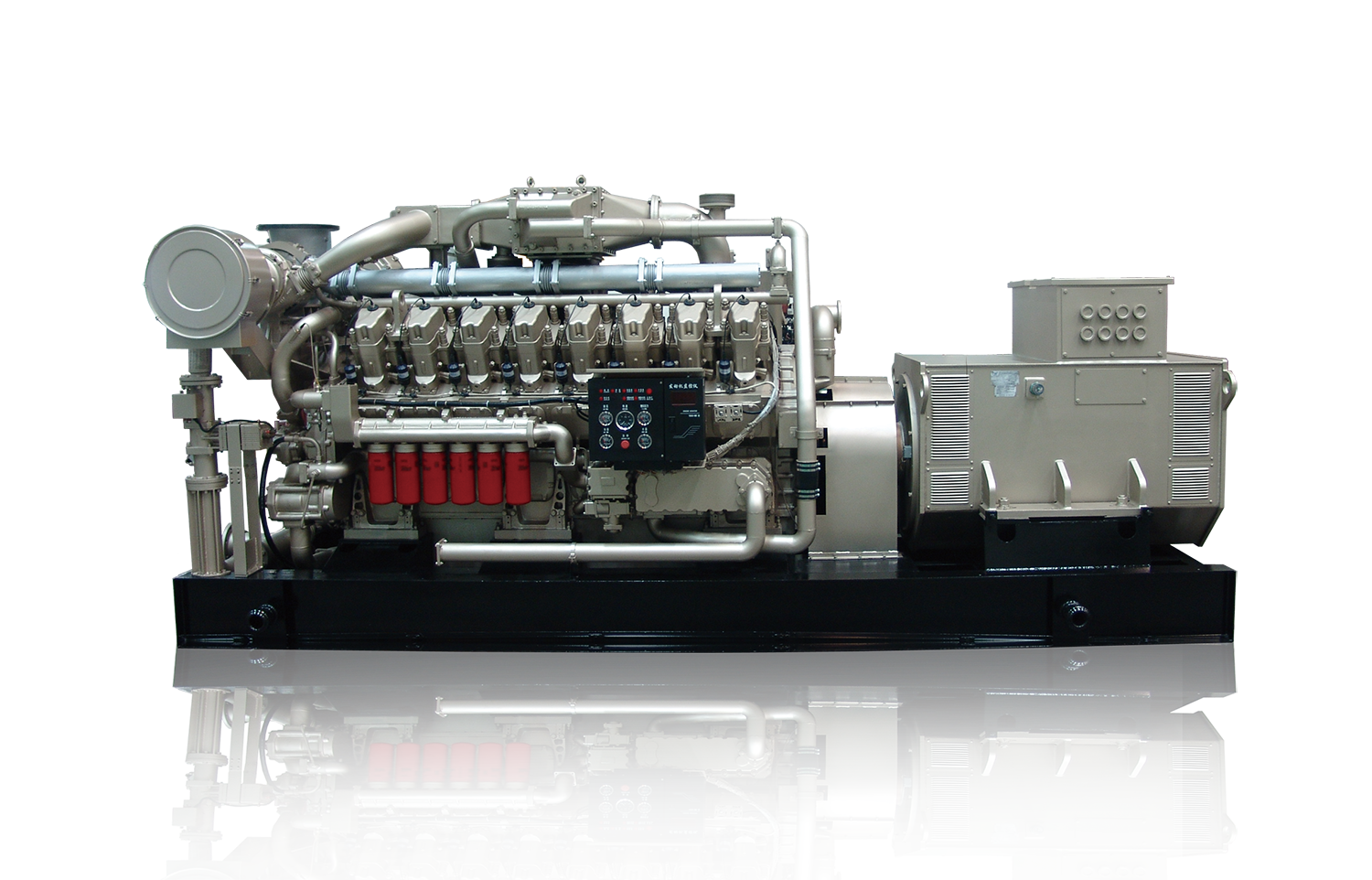
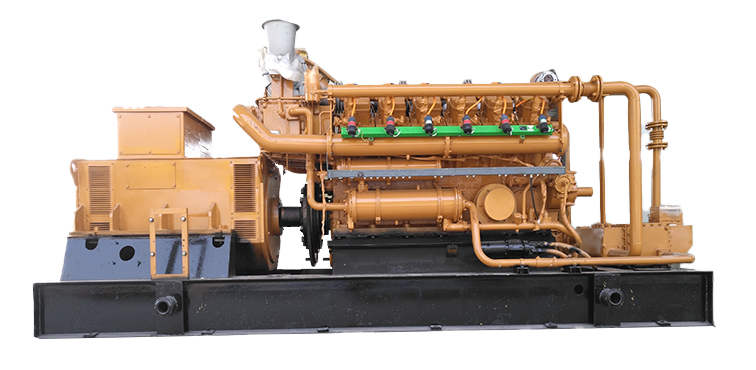


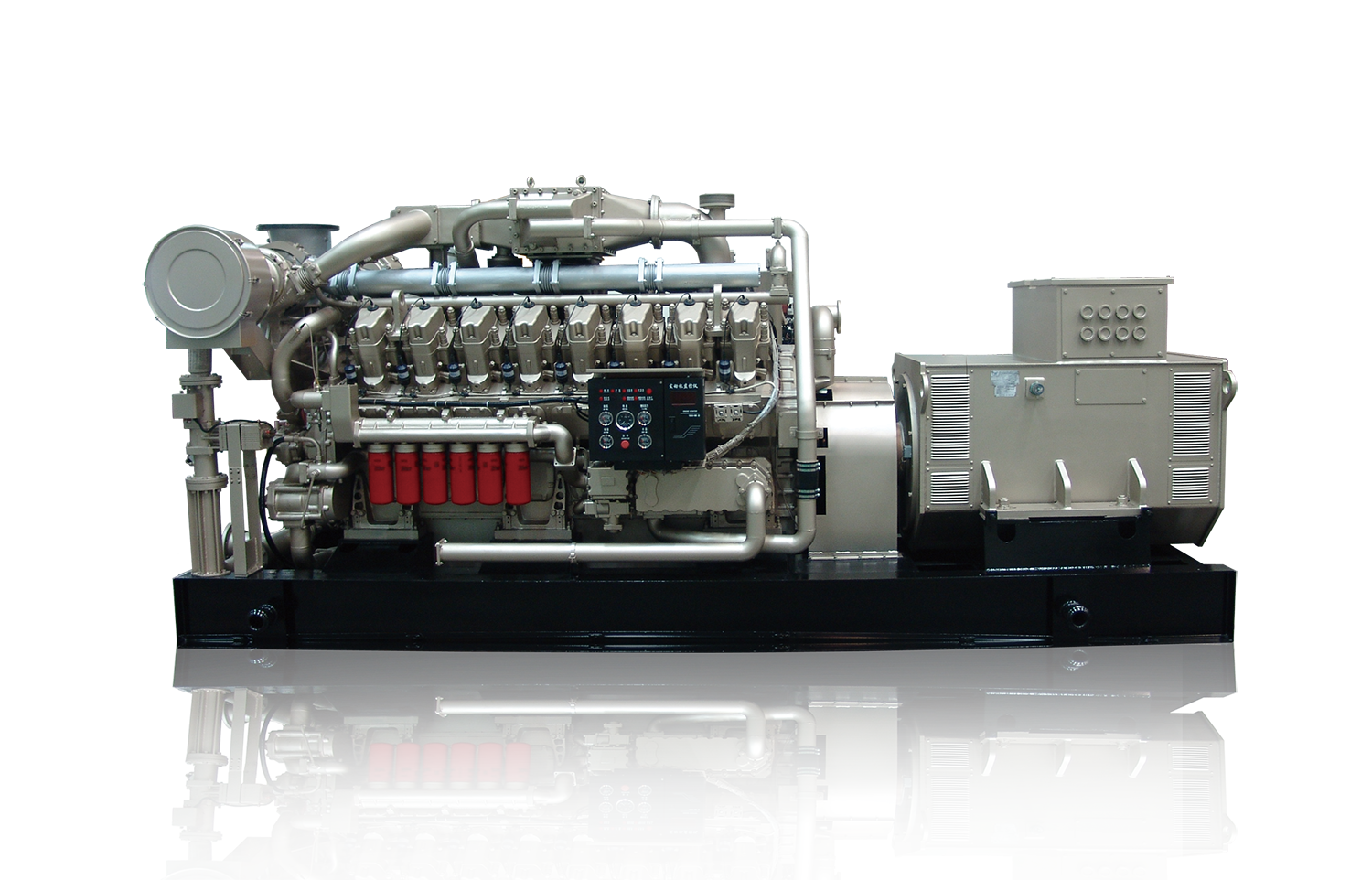



 Tel:0531-69953988
Tel:0531-69953988  Add:101, Building 5, Liandong U Valley Science and Technology Innovation Center, Zhangjin Comprehensive Bonded Zone, No. 33688 Jingshi East Road, Suncun Street, Jinan Area, China (Shandong) Pilot Free Trade Zone
Add:101, Building 5, Liandong U Valley Science and Technology Innovation Center, Zhangjin Comprehensive Bonded Zone, No. 33688 Jingshi East Road, Suncun Street, Jinan Area, China (Shandong) Pilot Free Trade Zone

